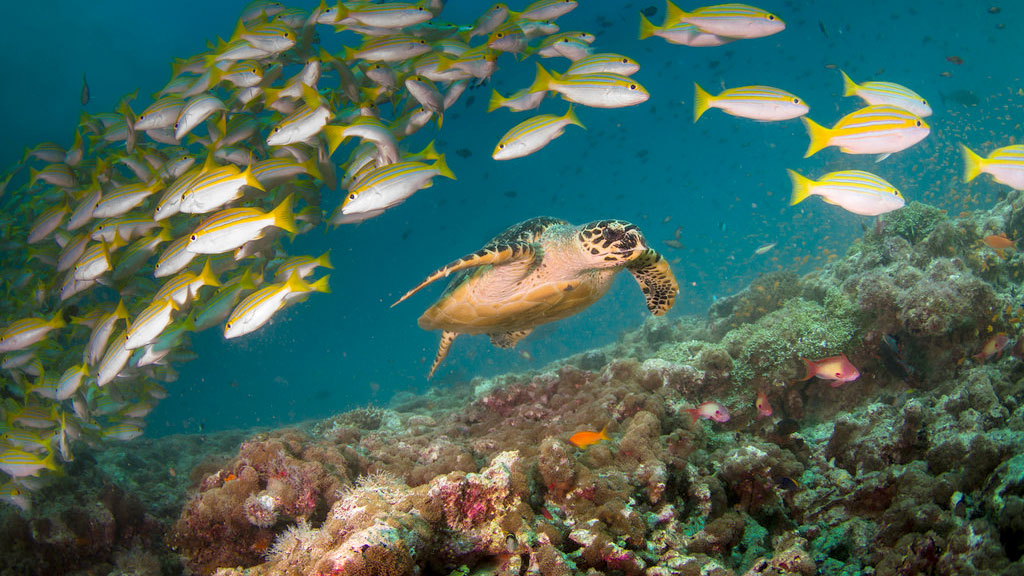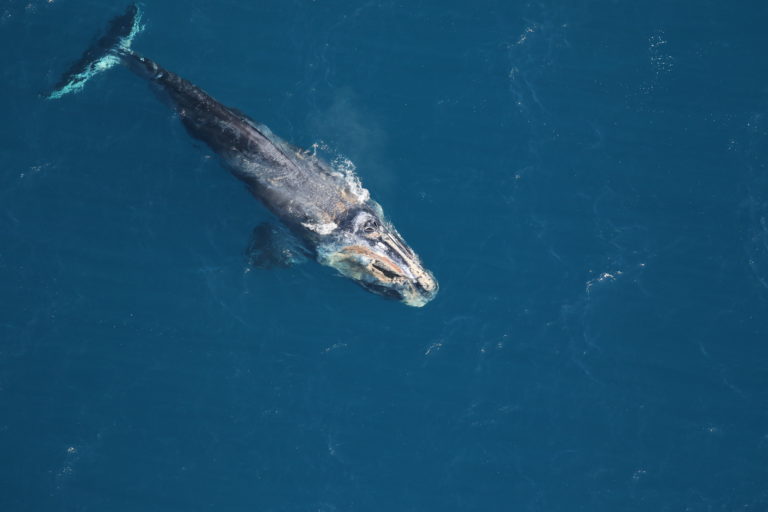With a stroke of his pen on August 26, 2016, Barrack Obama quadrupled the size of a marine protected area (MPA) established a decade earlier by George W. Bush, creating the largest ecologically protected area on the planet (Executive Order 13158). This expanded parcel of land and ocean in the northwestern Hawaiian Islands covered 582,578 square miles (twice the size of Texas). Three weeks later, former President Obama authorized the creation of the much smaller Northeast Canyons and Seamounts National Monument (4, 913 square miles) off the coast of New England—the first marine monument in the Atlantic—providing protection to unique, submerged mountains and deep-sea canyons. While the number of MPAs worldwide has increased since the Convention on Biological Diversity in 1992 (Edger, et al, 2007; Edgar, et al, 2014), these additions may be the most dramatic and potentially most important of all because of the size and uniqueness of the habitats involved.
What is an MPA? First proclaimed in the early 20th century by presidential decree, MPAs are intended to help protect the significant natural and cultural resources within the marine environment for the benefit of present and future generations. Simply put, MPAs conserve, manage and protect marine life, marine ecosystems and other marine resources in the open ocean, coastal waters, estuaries and the Great Lakes. The majority of MPAs in U.S. waters are multi-use sites in which fishing, boating, diving and other recreational activities are allowed. Others are strictly regulated, placing stringent controls or prohibitions on commercial fishing, oil drilling, mineral exploration or other commercial activities (NOS, 2017).
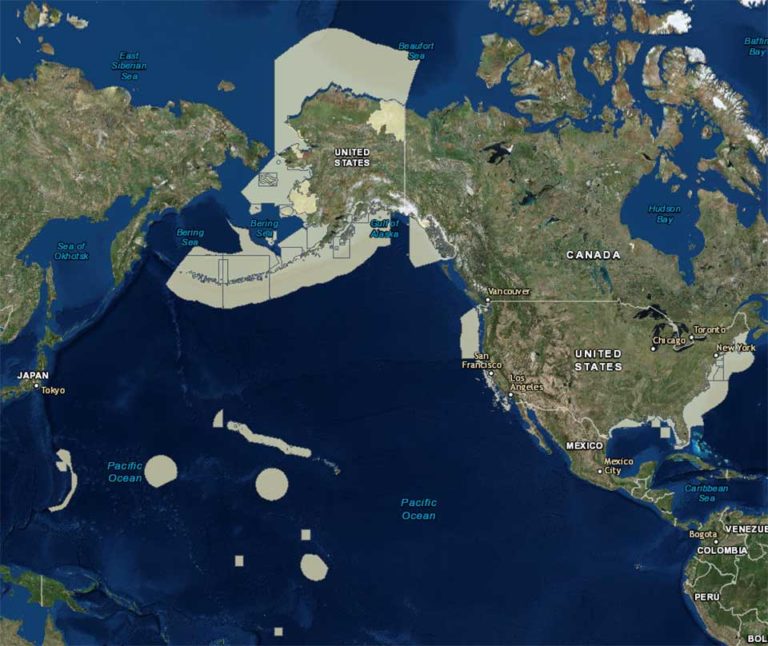
There are several types of MPAs, both in the U.S. and internationally, each with different purpose, usage and access. MPAs include marine reserves, fully protected marine monuments/areas, no-take zones, marine sanctuaries, ocean sanctuaries, marine parks, reefs, shipwrecks, archeological sites, mangrove forests, estuarine systems and locally-managed marine areas (Edgar, et al, 2007; NOS, 2011 ; NOS, 2017).
Only about 4% of the world’s oceans are currently protected
MPAs are intended to serve many purposes and provide many benefits both to the people and countries in which they are located, as well as the larger international community. Below is a partial list of those benefits (in no particular order):
- Maintain biodiversity and healthy ecosystems for a wide range of marine species
- Provide refuges for endangered species, including commercially-fished species, by protecting critical breeding, nursery and feeding areas to stop and possibly reverse the global and local decline in fish populations
- Protect critical habitats from damage by destructive fishing practices and other human activities, allowing them time to recover
- Allow marine ecosystems to maintain or recover their resilience to damaging external impacts, like climate change and ocean acidification
- Serve as reservoirs of genetic material for natural or assisted recovery of areas affected by pollution, overfishing or natural causes
- Maintain local cultures, economies and livelihoods which are intricately linked to the marine environment; increase revenue from tourism, especially in developing nations
- Provide opportunities for education, training and research in the marine sciences, as well as in local heritage and culture (Commonwealth of Australia, 2003; NOS, 2011)
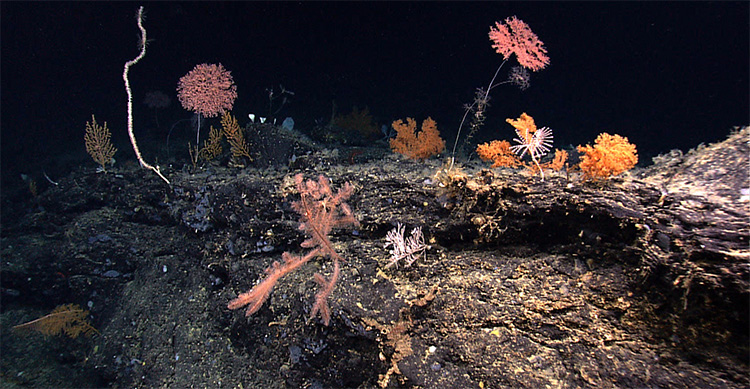
While the need for marine protected areas is urgent and clear, all MPAs are not created equal. Many, particularly outside the US, are poorly designed and managed, undercutting their potential benefits. Some are too small to be effective. In others, the rules about commercial fishing and other use are not enforced. Yet others are located in politically unstable countries or where the priority given to marine protection issues changes frequently (Edgar, 2007). Problems have also arisen when the goals of MPAs have been poorly defined, misapplied or inappropriate to a particular area. Sometimes the rush to create MPAs has led to conflicts among various user groups (Edgar, 2007; Edgar, 2014; Agardy, et al, 2003). With the exception of unstable governments, all of these issues can be positively addressed. MPAs have been in existence long enough and in enough variety that examples and proven models exist than can be implemented to solve the above problems.
To that end, NOAA and the International Union for Conservation of Nature (IUCN) are working with fisheries and environmental ministries in many countries around the world to develop best practices for establishing, monitoring and managing MPAs. Information is being shared to identify key biodiversity areas, critical habitat, biologically significant areas in the open ocean and areas where marine mammals are threatened by ship strikes (IUCN, 2016). In recognition of the myriad threats posed by climate change and human industrial activities, the Convention on Biological Diversity, an international congress hosted by the United Nations, has set a goal of protecting 10% of the world oceans by 2020 (IUCN, 2010). Every year more nations are initiating or revising their biodiversity strategies and actions to meet this goal, many via the development of MPAs. While these incremental developments may not be as dramatic as former President Obama’s massive increase in the size of the MPA near Hawaii, many nations collaborating to preserve biodiversity and marine resources may have an even larger long-term effect on the oceans and all of us who depend on their health.
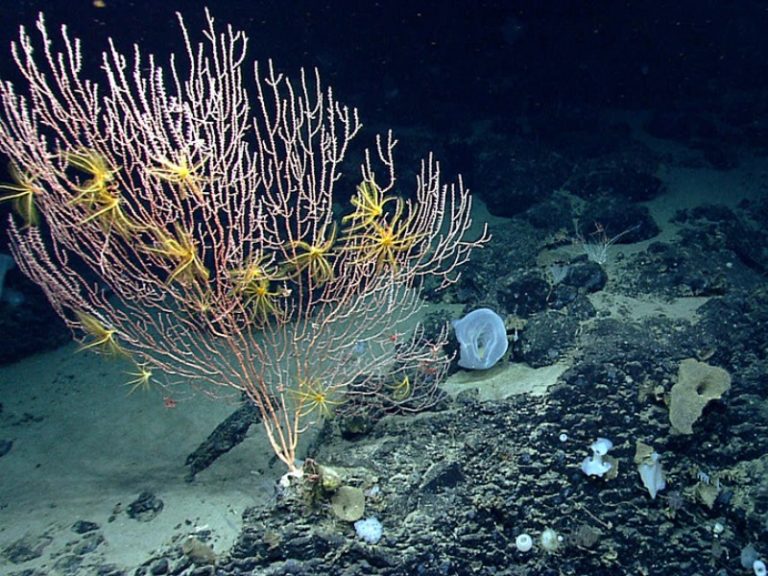
For sources used in this blog and additional resources on this topic, please see the Resources page.

